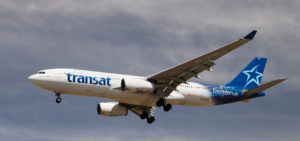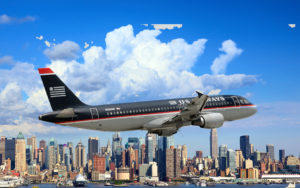Hi Captain Lim,
The information on your website has increased and enhanced my knowledge on aviation significantly.
I got a question I hope you could help solve my doubts.
What are the factors that lead a plane to crash and not glide?
I am a bit confused on ‘why plane crash’ accidents occur because I thought most planes can glide safely even if the engines are all down?
Thank you.
Jin Meng
Hi Jin Meng,
Let me start off by explaining some basics on airplane stability. A plane in the air is continually being subjected to forces such as rising hot air, up and down drafts, turbulence, gusty winds, etc. These disturbances cause the plane to be thrown off the course in the air. How the plane reacts to these depends to its stability.
Hence stability in a plane means the ability of the aircraft to remain in a straight and level upright flight and to return to this position, if displaced, without any corrective action by the pilot.
Stability may be longitudinal, lateral, or directional depending on whether the disturbance has affected the body in the pitching (nose up or down), rolling (wings banking left or right), or yawing (nose moving left or right) plane.
Generally airplanes are designed to be nose heavy (longitudinally stable) when correctly loaded. This design feature ensures that, in the event of engine failure, the airplane will assume a normal glide.

Most planes glide well. For example, an Airbus A330 can glide without engines for about 160 kilometers from a height of 40,000 feet! This was proven when, in 2001, an Air Transat (a Canadian airline) plane (see above) ran out of fuel due to a ruptured fuel line while flying from Toronto to Lisbon in Portugal. The pilots made history by flying the plane without power and gliding to land safely on an island in the Azores region in the Atlantic Ocean.
In this example, the pilot was able to handle the plane and landed the plane safely without engines. This was possible because at the time of the engine failure, the plane was still stable and the forward speed was above stalling speed. However, even if the plane had stalled, the chances of the plane recovering to normal speed are good in a conventional nose-heavy plane.
There are many reasons why some plane crash. They are mainly damages caused to the plane’s flight control that made it impossible to stay in the air.
However, among the main causes, one of them is insufficient air speed (because the plane had stalled) to provide lift to keep the plane flying. Nevertheless, the higher the plane, the better it is because the potential energy at high altitude is then converted to airspeed, and hopefully recover it from the stalled condition.

One exception is the Airbus A320 Hudson River crash where Capt Sully was able to glide the plane from a low altitude of 3000 feet to ditch on the river safely in January 15, 2009, saving 155 lives.
Posted: 16.02.17